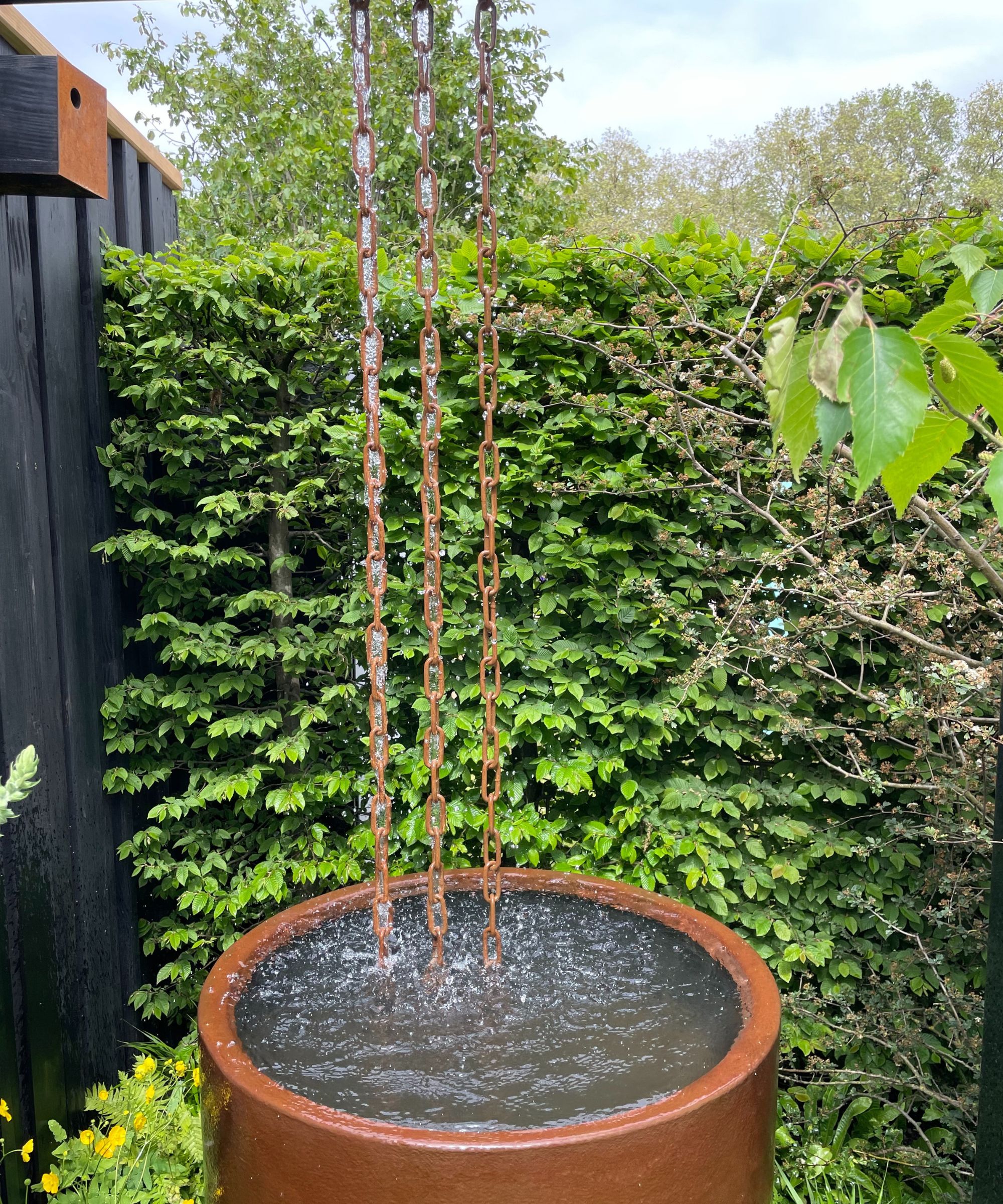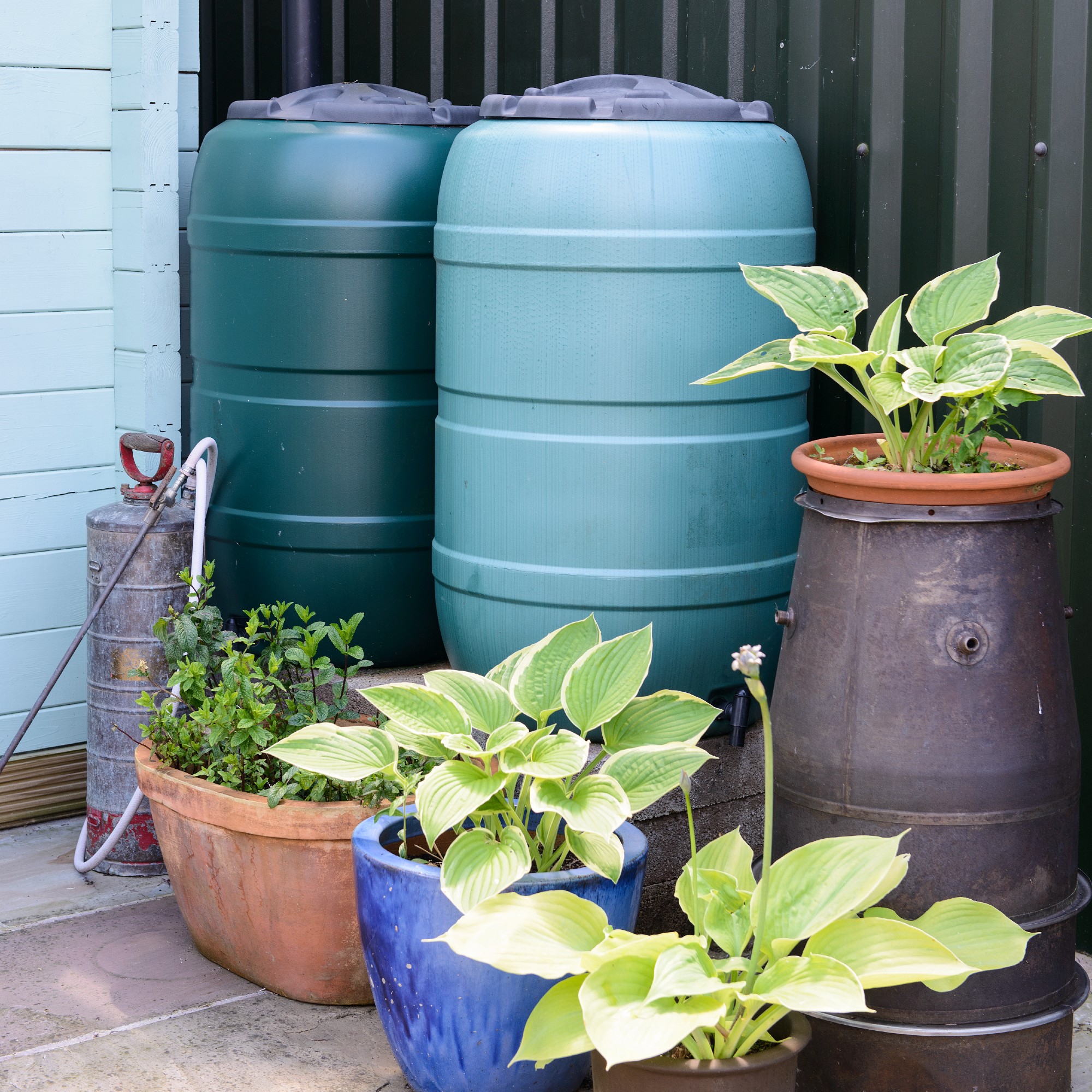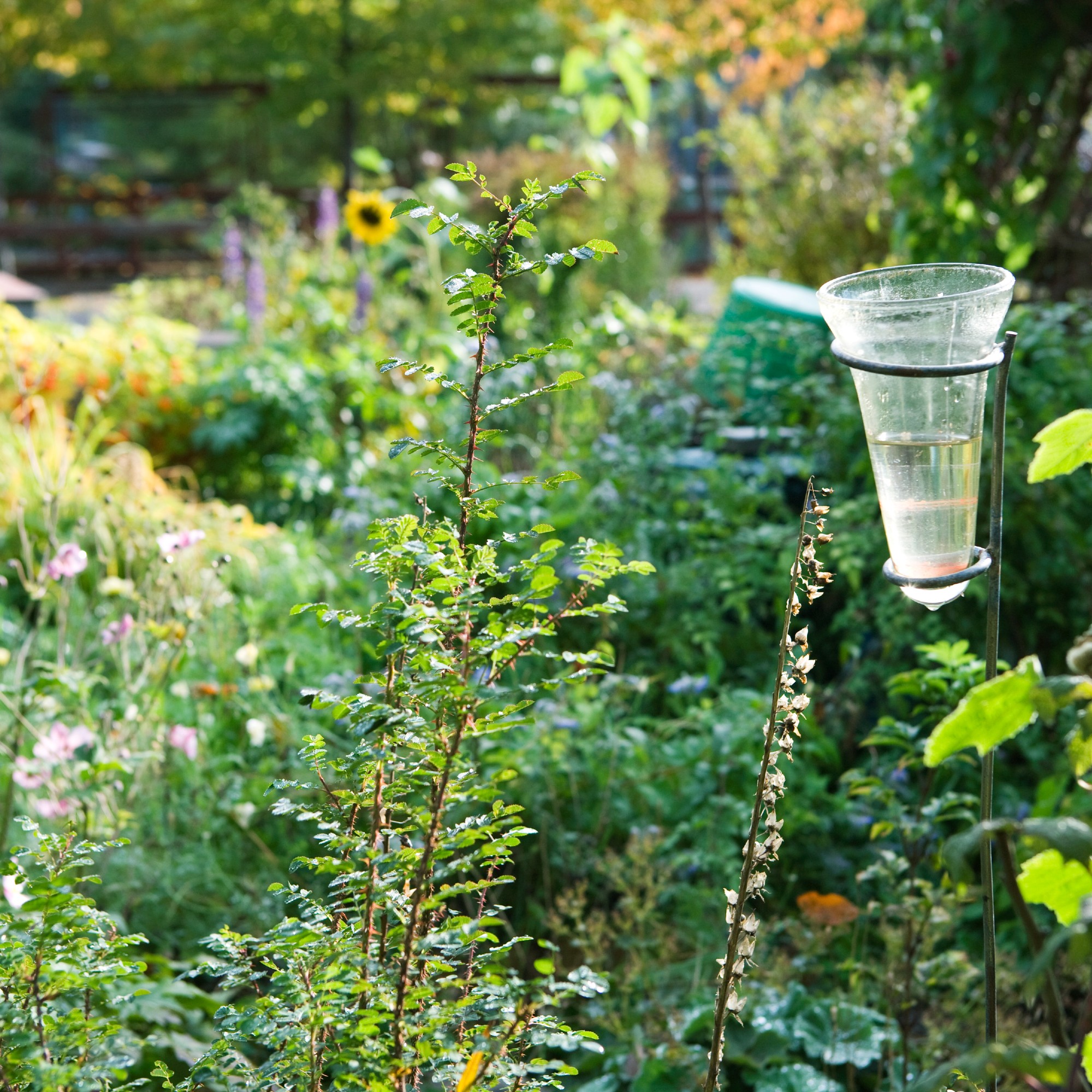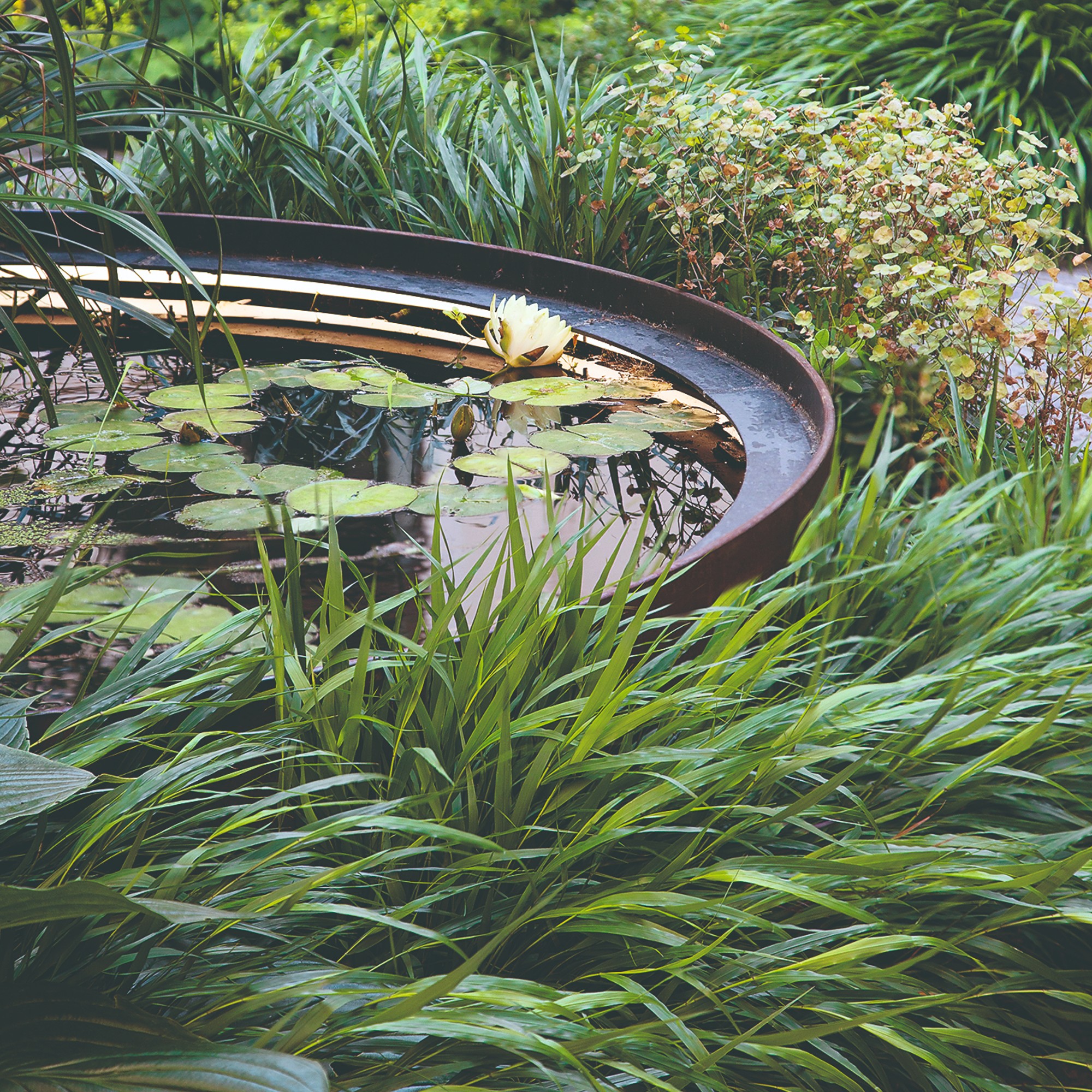
The UK is known for its consistently rainy weather. So it’s only fitting that we should do something positive with all that rainwater that falls upon us – enter rainscaping. What’s rainscaping, you might ask.
Rainscaping is one of the latest garden trends, which change all the time just like fashion or home decor trends do. And even though this may be the first time you’re hearing the term, you might actually already be practising some of the rainscaping methods.
Potentially the next big thing in gardening, rainscaping is a permaculture practice which looks to capture and repurpose rainwater in the garden in whatever way, big or small, which is a great way to save money on water, practise sustainability and save your garden from heavy rain.

What’s rainscaping?
‘Rainscaping is a landscaping technique that allows the garden/landscape to naturally capture and filter rainwater runoff, and repurpose it so that it's beneficial to the environment instead of damaging your home and its structure,’ explains Steve Chilton, garden expert at LeisureBench.
So if you already collect rainwater in a water butt like this one from Amazon for watering your plants, then you’re practising rainscaping.

‘The most common rainscaping idea that we see in thousands and thousands of homes is the water butt for catching rainwater. You might not realise that just by collecting rainwater, you're rainscaping. Rainscaping is a relatively new term, so there are probably many different things that you do in your garden that actually class as rainscaping that you might not even be aware of,’ Steve says.
But there are other ways in which you can rainscape, all of which are great budget garden ideas.

‘Rainscaping techniques are typically straightforward solutions that include redirecting gutter water to garden beds, setting up rain barrels and cisterns, installing a French drain, digging a dry well and planting a variety of trees and shrubs,’ says Petar Ivanov, Fantastic Gardeners' gardening expert.
‘Utilising barrels to harvest rainwater is an environmentally friendly decision which also gives you greater control over your organic water supply in addition to allowing you to save money on watering your landscaping with water from the city supply.’

But rainscaping can be made into a larger-scale landscaping project as well. Our favourite? Rain gardens. Even the name is beautifully poetic.
‘Rain gardens are additions to your garden that purposefully take in all of the rain runoff, and feature specific plants and soil in order to do so. These are usually placed at the end of your garden, away from your home in order to redirect rain run-off from the home and its foundations into a separate area. These rain gardens are generally built in a bowl shape to help catch the water,’ Steve says.
So whether you decide to collect rainwater in a water butt or create a rain garden, we hope that you give this promising garden trend a shot.







